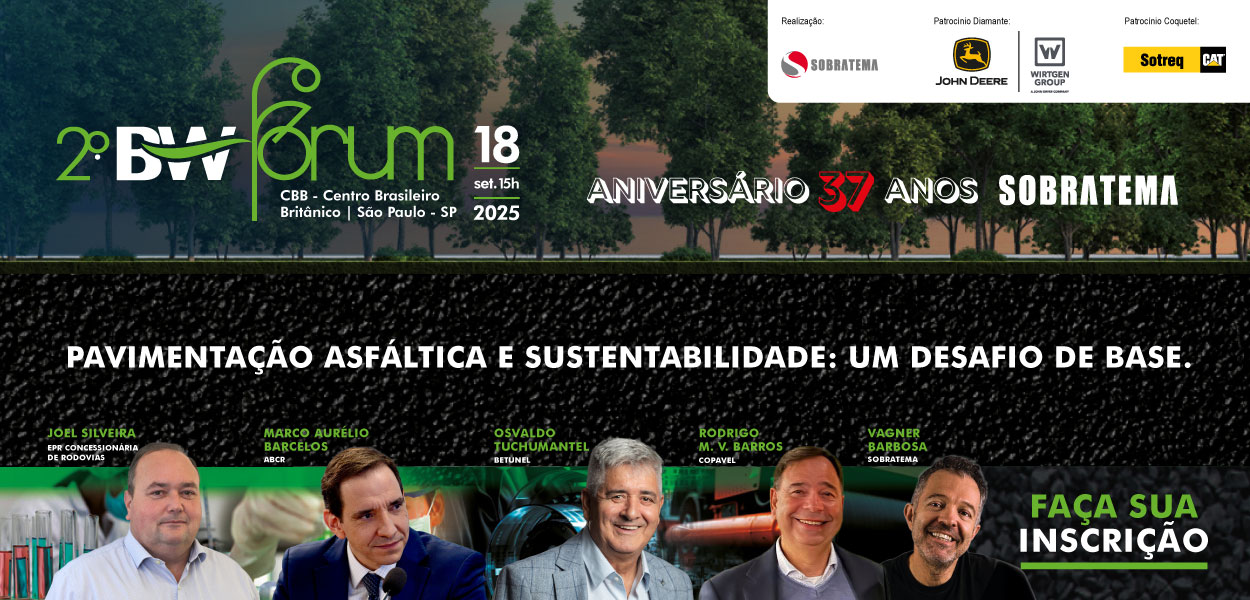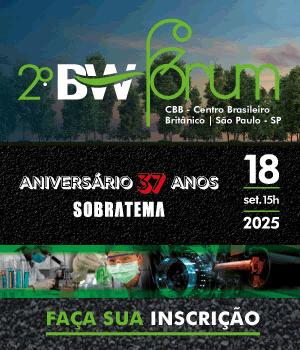Urban mobility in Belo Horizonte
With nearly 2.5 million inhabitants and increasingly chaotic traffic, the city of Belo Horizonte (BH) is undergoing a radical change. The progress of eight works for urban mobility, included in the Program for Acceleration of Growth for the 2014 FIFA World Cup, is testing the patience of the citizens of BH with the promise of a city less overloaded and a better flow of traffic for the population and for visitors to during the World Cup and in the following years. With 114 years of age, it has been at least half a century since the city went through such a transformation. R$ 1.3 billion (US$ 650 million) will be invested with R$ 1.02 billion provided by the federal government and the remainder in retribution from the City Hall of Belo Horizonte (PBH), with the implementation of the Bus Rapid Transit (BRT) transport network, the creation of the Center for Operational Control to manage and increase traffic safety, as well as works in ‘Boulevard Arrudas’ and portions of the roads known as routes 210 and 710. While the government celebrates what it considers one of the biggest steps for more a faster, more efficient and integrated transit system, an experts says that the works done for the FIFA World Cup will not solve the mobility problem of the city which has over 150 bottlenecks.
Considered the big stars of works for urban mobility are the first three lines of the BRT project, which were begun in 2008, were paralyzed and today are underway with funding from the Programa de Aceleração do Crescimento (PAC - Program for Acceleration of Growth). The forecast is for delivery later this year. The hinged or ‘articulated’ buses will run along the city's main thoroughfares, Antônio Carlos, Pedro I, Vilarinho and Cristiano Machado Avenues and the central area. Célio de Freitas, director of planning for the transport company of Belo Horizonte, BHTrans, says that BRT is the central element of the department’s urban mobility plan until 2020, along with the extension of the city’s metro (subway) which, due to its cost and lack of funds, is not feasible at this time.
In the urban mobility plan of BHTrans, the idea is to create a structural network involving the metro and exclusive bus lanes called BRTs, to which supplementary buses and even light rail transit (LRT) will be added, when it proves to be feasible. “The BRT had financing from the PAC for the FIFA World Cup and, with it, we will ensure a gain in the quality of public transport,” he says.
The impact of the BRT will, first of all, be more evident to users of public transportation who will see their bus travel time decrease by at least 50%. The expectation is that at least a thousand conventional buses will stop circulating in the city’s ‘hypercenter’ and give way to BRT buses which are three times larger than conventional buses, more comfortable, with adequate space for the elderly and handicapped and the obese. Incidentally, all of these changes and agility will be the main weapon at the government’s disposal to drivers of private vehicles. “With exclusive lanes, BRT will have much more flexibility and that will call the attention of drivers,” Freitas states.
In the so-called first phase of the system, 36 transfer stations are being built in the ‘corridors’ - as the large thoroughfares are called – with six such corridors in the ‘hypercenter’ and five integration stations in the boroughs.
Not everyone is so optimistic with all the works. To José Aparecido Ribeiro, consultant on mobility and urban affairs, the city went half a century without the works that it needed to develop and keep up with the development of realty and, especially, with the evolution of the automobile industry. “Our streets are the same as when the city was built and the fleet of vehicles increases 10% per year. We do not have public transportation that appeals to drivers so that the will become passengers and the city, today, has 150 bottlenecks that need works, not improvised, stopgap ‘extensions’,” he argues.
The planning director of BHTrans argues that the company’s studies of the urban mobility plan indicate that there are 150 interventions in thoroughfares, of different extents, to be executed until year 2030.
To Ribeiro, there are works that cannot wait that long and should already be in the package for the 2014 FIFA World Cup. That’s the case of the work on the ‘Anel Rodoviário’ or Beltway and the integration of the main avenues: Cristiano Machado, Contorno, Amazonas, Antonio Carlos and the Expressway, transforming all of these thoroughfares into interconnected expressways without interruption of traffic. To him, that’s the only thing that will consume and eliminate half of the bottlenecks of BH. “This needs to be done urgently,” he says.

Av. Francisco Matarazzo, 404 Cj. 701/703 Água Branca - CEP 05001-000 São Paulo/SP
Telefone (11) 3662-4159
© Sobratema. A reprodução do conteúdo total ou parcial é autorizada, desde que citada a fonte. Política de privacidade











